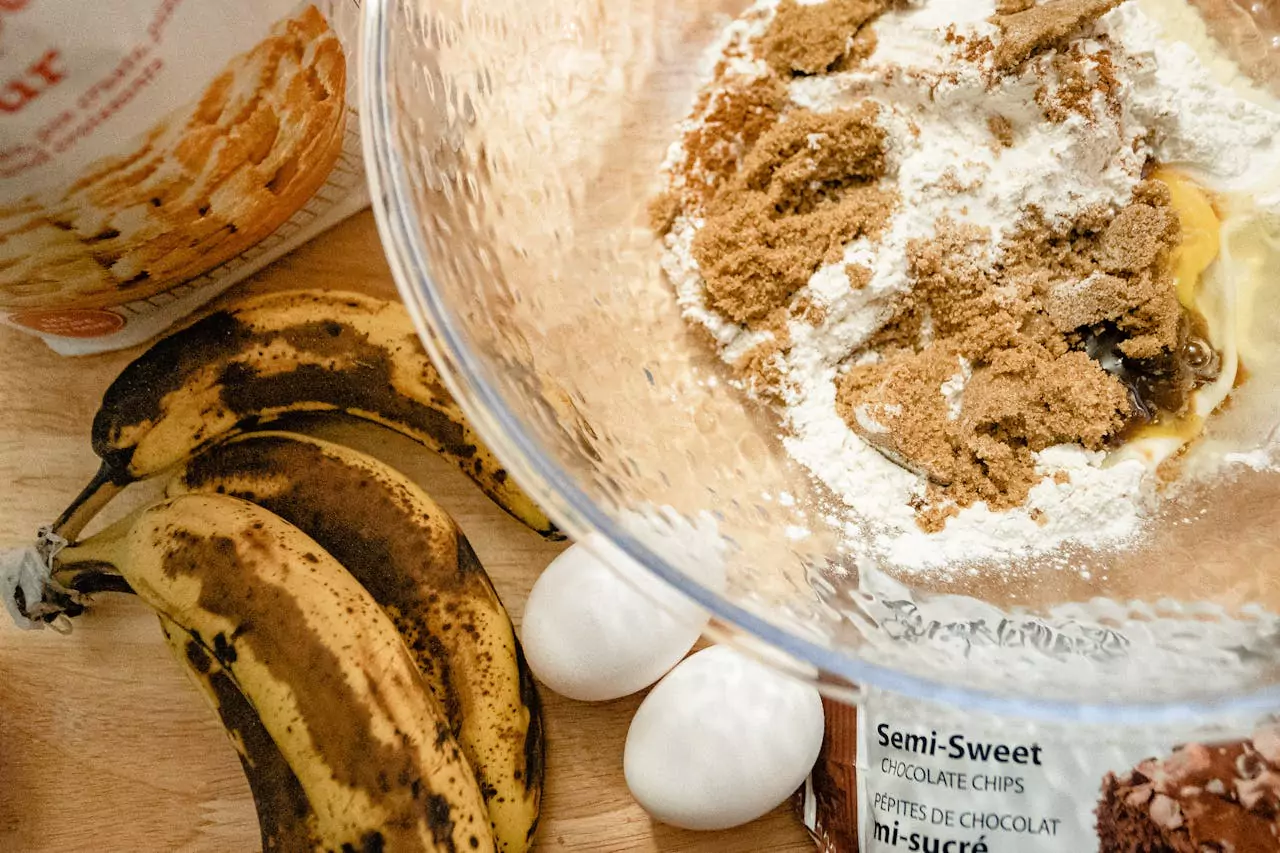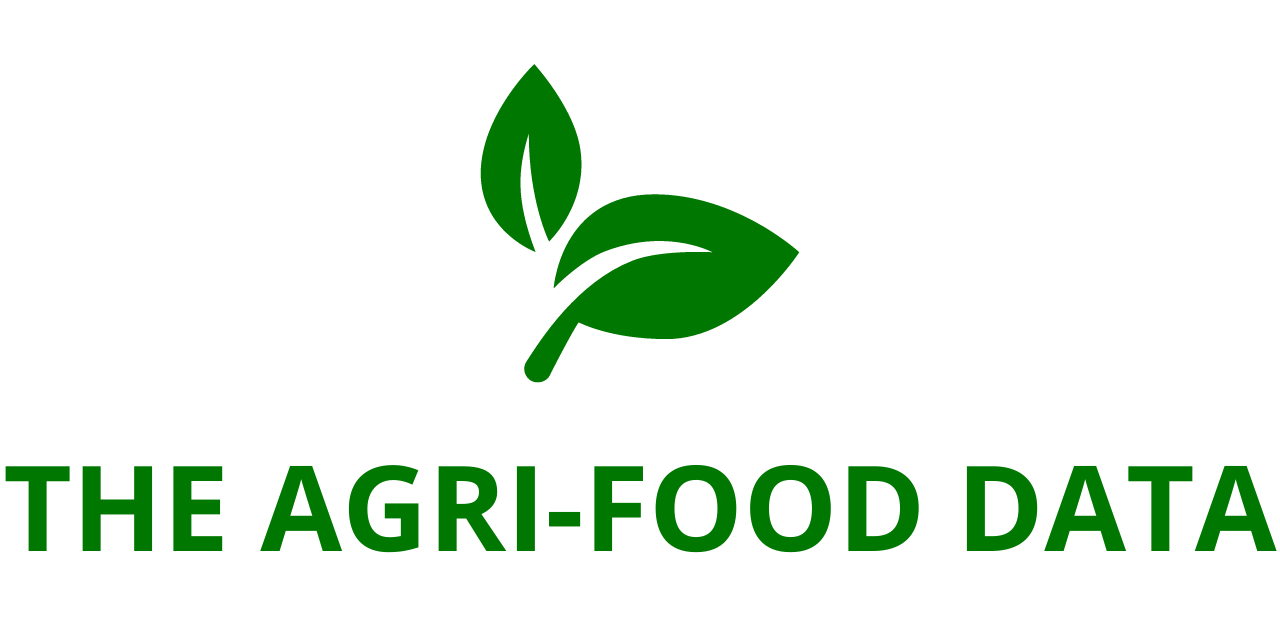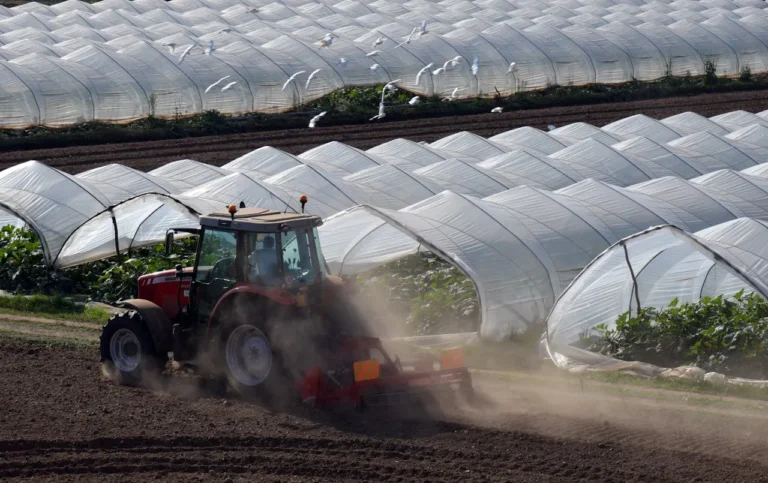
The “Banana Powder – Global Strategic Business Report” has been added to ResearchAndMarkets.com’s offering, providing an extensive analysis of the global banana powder market. This market, valued at approximately $1.1 billion in 2024, is expected to grow at a CAGR of 4.8% and reach $1.5 billion by 2030. The report offers a detailed overview of market trends, key drivers, and growth forecasts to help businesses make strategic decisions.
Understanding Banana Powder and Its Applications
Banana powder is a versatile ingredient derived from dehydrated bananas. It maintains the natural flavor, aroma, and nutritional content of fresh bananas, making it an essential component across multiple industries, including food and beverage, cosmetics, pharmaceuticals, and animal feed. Its wide-ranging applications have made it a popular ingredient in various products, from baby food to sports nutrition.
Food and Beverage Industry
Banana powder is highly sought after in the food and beverage sector, particularly in products such as bakery items, smoothies, baby food, instant mixes, and dairy-based drinks. Due to its natural sweetness and thickening properties, it serves as a healthier alternative to synthetic additives. The powder’s ability to extend shelf life and enhance product quality has made it a preferred choice among food manufacturers.
Cosmetics and Personal Care
In the cosmetics industry, banana powder is valued for its antioxidant and hydrating properties. It is often incorporated into skincare products and face powders due to its natural ability to absorb oil and provide a smooth finish. The presence of high potassium levels enhances skin hydration, making it a beneficial ingredient in personal care formulations.
Pharmaceuticals and Nutritional Supplements
Banana powder is also utilized in the pharmaceutical industry for its digestive benefits and rich nutritional profile. It is frequently included in health supplements due to its high potassium, dietary fiber, and vitamin content. Fitness enthusiasts and health-conscious consumers have contributed to its rising demand as an ingredient in protein shakes, meal replacements, and energy bars.

Market Trends and Growth Drivers
The increasing consumer preference for natural, nutrient-rich, and allergen-free ingredients is a major factor fueling the demand for banana powder. This trend aligns with the growing focus on clean-label products and plant-based nutrition.
- Health and Wellness Trends: As more consumers prioritize health and wellness, banana powder has gained popularity as a natural alternative to synthetic additives. Its nutritional benefits make it ideal for use in baby food, dietary supplements, and sports nutrition.
- Technological Advancements: Improvements in drying and processing technologies have enhanced the quality and shelf stability of banana powder, making it more appealing to manufacturers.
- Sustainability Initiatives: Many governments and food organizations are promoting the use of surplus bananas to reduce food waste, further driving production and adoption in emerging markets.
- Expanding Applications: Beyond food and cosmetics, banana powder is being explored for use in pharmaceutical applications, where its digestive benefits and nutritional content provide added value.
Market Segmentation
The banana powder market is segmented by type, process, application, and region.
- By Type:
- Conventional Banana Powder
- Organic Banana Powder
- By Process Type:
- Spray Drying
- Freeze Drying
- Sun Drying
- Drum Drying
- Other Drying Processes
- By Application:
- Food & Beverages
- Cosmetics
- Animal Feed
- Pharmaceuticals
Regional Market Analysis
The banana powder market is expanding globally, with notable growth in key regions:
- United States: Valued at $312.6 million in 2024, the U.S. remains a dominant market due to high demand in the food and health sectors.
- China: Expected to witness the fastest growth, with a projected CAGR of 7.6%, reaching $299.2 million by 2030.
- Europe: Countries such as Germany, France, and the UK continue to drive demand for organic and natural food ingredients.
- Asia-Pacific: Growing health awareness and the increasing adoption of banana powder in various industries fuel regional market expansion.
- Latin America, Middle East, and Africa: Government efforts to reduce food waste and promote sustainable agriculture are supporting market growth in these regions.
Key Market Insights and Future Outlook
The report provides a comprehensive analysis of the banana powder industry, highlighting major trends and future growth opportunities. Notably:
- The conventional banana powder segment is expected to reach $1 billion by 2030, with a CAGR of 4.5%.
- The organic banana powder segment is anticipated to grow at a higher rate of 5.6% CAGR due to increasing demand for organic and clean-label products.
- Technological innovations in drying and packaging processes are enhancing product quality and distribution capabilities.
- The rising preference for plant-based, gluten-free, and allergen-free ingredients continues to shape market demand.
Competitive Landscape
The report features detailed profiles of leading companies in the banana powder market, including:
- Aarkay Food Products Ltd.
- Ayur Firm
- Diana Naturals SAS (Diana Food)
- Drymac Foods
- Go Green Agri Solutions
- Kanegrade Ltd.
- Mevive International Food Ingredients
- National Food N Spices
- Natural Food Products
- Omkar Impex
These companies are investing in research and development to introduce innovative banana powder formulations and expand their global presence. Additionally, mergers and partnerships are being pursued to strengthen supply chains and increase market penetration.
Key Questions Answered
The report addresses critical industry questions such as:
- What are the major growth factors and challenges in the banana powder market?
- How will the global market evolve by 2030?
- Which segments and regions are expected to witness the highest growth?
- What strategies are market leaders implementing to maintain competitiveness?
- How is technological advancement impacting product quality and distribution?





